
views
Identifying Physical Characteristics
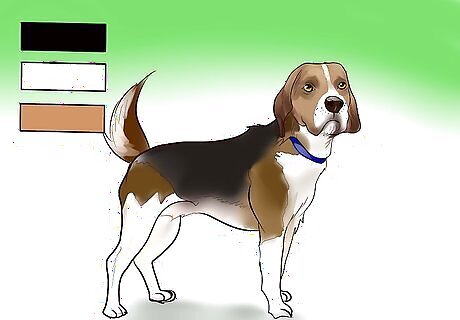
Note the dog’s color. Beagles come in different colors, with the two most common being tri-color (black, white and brown) and lemon (tan and white). A beagle’s coat is primarily white with varying combinations of brown, black, tan, and red. However, the coat may include other colors and patterns if the dog is not a purebred beagle.

Check the dog's ears. Like other dogs in the hound family, beagles have large, floppy ears that usually end below their faces. These distinctive ears tend to be wide and cover much of the dog’s head. If the dog has pointy ears that sit on the top of their head, it is not a beagle or, at the least, not a purebred beagle.
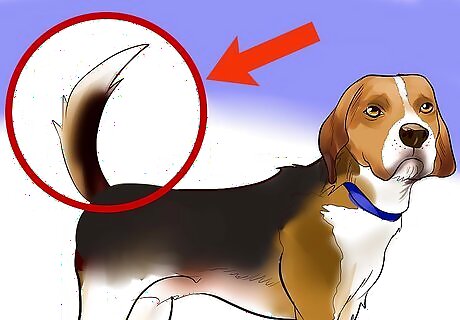
Look at the tail. Beagles have a medium-sized tail that stands up above their back. In addition, their tail has a distinctive a white tip, which is an indication of a purebred beagle, even if it is just a few hairs. English hunters bred the white tip to help them recognize their dogs as they moved through tall grasses looking for game.

Notice the size of the dog. Beagles are lean and compact dogs breed for hunting small game. They measure between 13 to 16 inches (33 to 41 centimeters) at the shoulder. In addition to their small stature, beagles tend to be trim dogs, with a healthy dog weighing between 20 and 25 pounds (9 to 11 kg).
Observing Behavioral Indicators
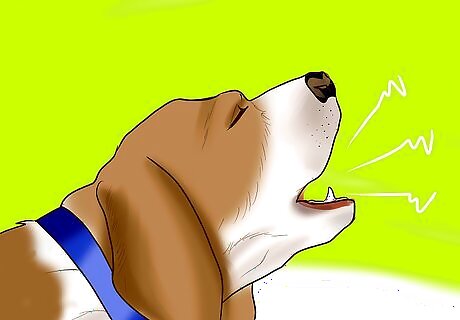
Notice frequent barking. Beagles have a loud and persistent bark. Because beagles are hounds, they are vocal dogs that tend to howl when they are playing or approached by strangers. Although persistent barking can be trained out of a beagle, they will generally still get vocal when excited.
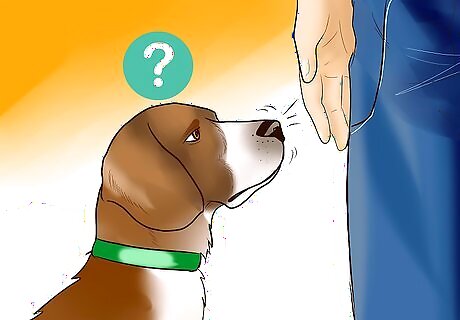
Recognize an affinity for sniffing. Like other hounds, beagles have excellent noses and love to sniff things. If you are going for a walk, a beagle will be constantly sniffing its surroundings. When encountering new people, one of the first things that beagle will do is sniff the newcomers to familiarize itself with their scent.
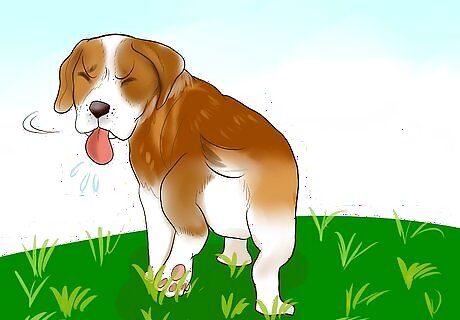
Note if the dog is difficult to train. Beagles have a reputation as smart but difficult dogs. This means that they can be hard to train. Beagle puppies tend to have more issues with house training and training, in general, can be more difficult in comparison to other breeds.
Inquiring About the Breed
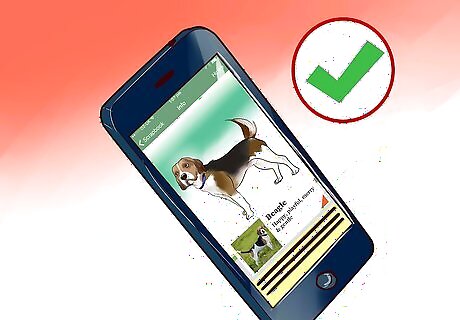
Use an app to figure out the breed. If you have a picture of the dog in question, you can also use a smartphone app to determine whether it is a beagle. Certain applications, like Fetch!, can tell you what breeds your dog most closely resembles. Although it is not a perfect indicator of breed, an app might point you in the right direction. If you are curious about the breed of someone else’s dog, be sure to ask their permission before taking a picture of their dog.

Ask another beagle owner. If you encounter a dog with its owner and believe that it might be a beagle, stop and inquire about the dog’s breed. Smile and, in a polite and friendly tone, ask the owner about the dog. They will likely have an idea of their dog’s breed. You can also ask another beagle owner if they think your dog is a beagle.
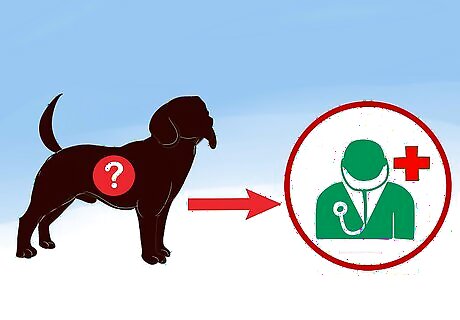
Bring your dog in to the vet. If you are unsure about your dog’s breed, ask your veterinarian. They are familiar with most dog breeds and should able to identify your dog after an examination of its physical characteristics. If they are unable to identify your dog’s lineage, they can direct you to a specialist who can.

Talk with a beagle breeder. If you are buying a beagle from a breeder, make sure that they provide you with the paperwork to show that the American Kennel Club recognizes both parents as beagles. Without proper documentation, you may be purchasing a pet that is not a purebred beagle. In addition, a breeder might be able to help you identify whether or not your dog is a beagle, even if you did not purchase the dog from them. When purchasing a beagle from a breeder, say things like “May I see the pedigree certificate for the puppy’s parents?” and “Can I see your credentials?”
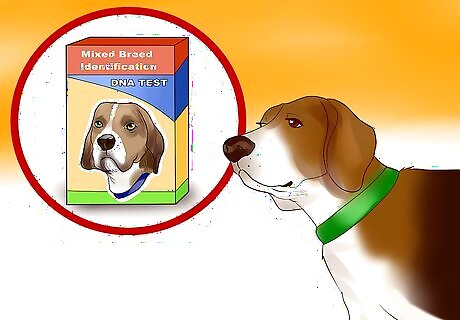
Test your dog's DNA. If you want a more conclusive detailing of your dog’s background, purchase a commercial DNA testing kit. These can be easily found online. Once you receive the kit, simply swab your dog’s mouth and mail the sample back to the company for testing. In a few weeks, you will get a set of results that indicate your dog’s heritage.











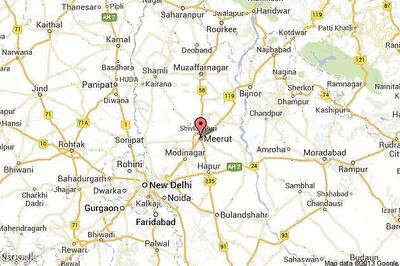







Comments
0 comment